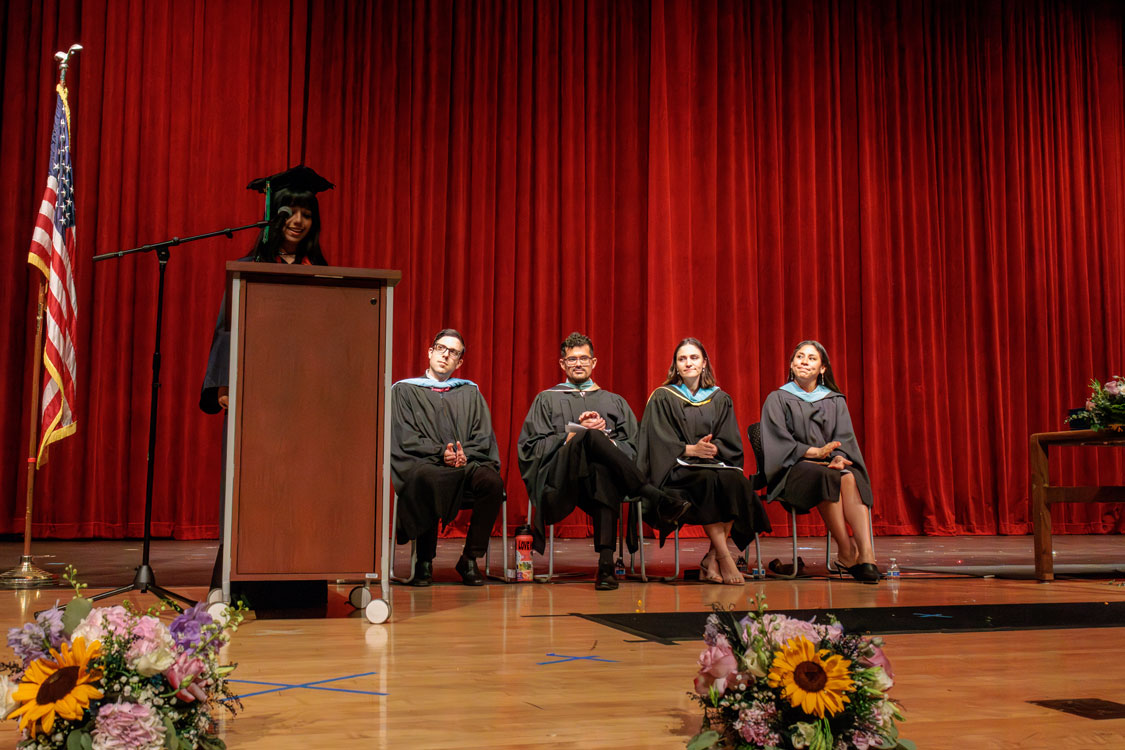Excellent teachers deserve to work within an excellent education system. Like any other professional, they need the resources to do their job well with stability, support, and appropriate compensation.
However, with the tumultuous changes in education policy throughout 2025, even more teachers are feeling the pressure of an unpredictable landscape with less systematic support. Over 40% of educators are considering leaving their jobs even though they find teaching itself fulfilling, with 10,000 current positions available in California.
What Has Changed?
- Department of Education cuts mean fewer professionals are overseeing the programs that affect the most vulnerable students: English learners, disabled students, and students with civil rights concerns.
- $1 billion in federal funding for California has been promised, withdrawn, and partially restored, but many programs were cancelled in the interim.
- $3.5 million in funding has been cut from special education programs in California.
- Proposed Reductions in Medicaid and SNAP Aid will affect vulnerable families now and future school reimbursements, affecting school budgets that provide valuable programs.
- Proposed reductions and eliminations of educational programs could amount to a loss of $8.9 billion in programs that provide important services such as literacy, technology, programs for homeless youth, and teacher professional development and recruitment.
What Do We Do?
How do schools recruit teachers to fill those vacant positions? What support do they need to feel able to stay?
One tactic is to find and lean into what is definitely working. And the wonderful thing is that, simultaneously with federal education cuts being made, state and local education professionals are refining programs to directly address the challenges of our time.
In 2024, Governor Newsom approved legislation that allows a prospective teacher with a qualifying bachelor’s degree to be directly eligible for Teacher Certification training. This maintains important standards while clearing an obstacle from the road to becoming a teacher.
Resident Teachers to the Rescue
The next step is identifying passionate potential teachers who are a good fit for our schools. Alliance recognizes that our scholars thrive when they are taught by committed teachers who have a connection to the students and community. But many people who would be great teachers have financial obstacles: they can’t afford not to work while completing teacher training.
Enter teacher residency programs.
Much like a doctor in training has a residency period where they are supervised while gaining practical experience, states addressing teacher shortages have created teacher residency programs. These allow potential teachers to complete their educational certification while gaining classroom experience.
The Alliance Approach
Alliance partners with the Marshall Teacher Residency and the USC Rossier School of Education Residency. These programs directly support qualified teachers-in-training by providing scholarships, resources, training, and classroom placement. This ensures that residents are supported, while easing teacher shortages with their supervised in-class training.
For the 2025-26 school year, nine Marshall residents and three USC residents are placed at Alliance schools. While they are in residency, they are supported with living reimbursements and financial aid packages for living expenses. A combined $52,000 financial aid package is granted between the Marshall Teacher Residency and Alliance to cover living expenses for residents. A combined $70,000+ is granted to USC Residents between the USC-provided tuition scholarships and Alliance’s living stipend.
And this cohort’s demographic reflects the diverse communities they serve:
- 67% Latino/a/x/e
- 17% Asian
- 8% Black/African American
- 8% White
Once they complete their residency program, they will have a Preliminary Credential and be eligible for a teaching position with a competitive $70,000 salary plus excellent benefits.
Credentialed and in the Classroom
Residencies ease the teacher shortage by allowing qualified teachers-in-training to work in supervised classrooms while finishing their certification, all while directly addressing the major financial obstacles.
Our results prove that residency training works:
- Residencies fill 25% of Alliance teacher vacancies.
- Alliance has a 91% educator retention rate for the 2024-25 school year.
- Half of this year’s residents are Alliance alumni, including former classified staff.
While we figure out how to best continue supporting our most vulnerable scholars in this time of systemic uncertainty, bringing excellent teachers into classrooms immediately is the most important first step we can take.
Sources:
- https://edsource.org/2025/future-teachers-education-challenges/742884
- https://edsource.org/updates/california-faces-federal-funding-cuts-for-special-ed-teachers-dei-targeted#:~:text=Of%20the%20total%20grants%20slated,cultural%20humility%E2%80%9D%20in%20orientation%20modules
- https://www.cde.ca.gov/nr/ne/yr25/yr25rel37.asp#:~:text=State%20Superintendent%20Thurmond%20Announces:%20California,school%20communities%20without%20further%20interruption.%E2%80%9D
- https://www.childrennow.org/blog/whats-happening-with-federal-education-policy-and-what-california-must-do-in-response/
- https://www.cta.org/press-release/as-ca-grapples-with-teacher-shortage-statewide-survey-finds-major-barriers-for-building-sustaining-teaching-profession
- https://laalliance.org/teacher-residency-program/
- https://www.ctc.ca.gov/commission/newsroom/press-releases/2024/2024-02

